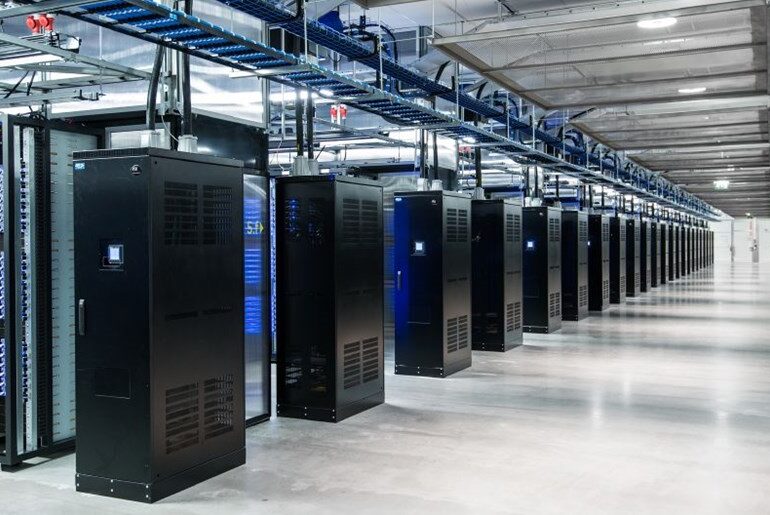What is a datacenter?
A datacenter is a building that contains many computers, or servers, and telecommunications equipment. The more a web hosting company can save on their datacenters, the bigger discounts they can give out.
According to educationisaround.com, Datacenters are usually densely packed racks of machinery with cooling systems to keep them running. These facilities are often called “server farms” because they afford economies of scale in power and space usage as well as reducing the costs for equipment maintenance by consolidating the required capacity in one location. They are also known as “server rooms” because they contain large numbers of servers that can serve as storage for different files on the Internet, corporate intranets and extranets, databases, applications pools, or any proprietary information.
Datacenters are critical for the entire Internet infrastructure because they store and maintain the “critical” servers that power the world wide web. Every website on the Internet runs on one or more of these servers. The datacenter is a microcosm of modern society in which everything important happens at high speed and low cost. In addition to running websites, web hosting allows companies to use their servers as email systems, file storage systems, and other services that keep their hardware up to date and secure.
Green datacenter design
Green datacenters are designed to use as little electricity, water and natural gas as possible. Energy conservation strategies include using natural air flow in a datacenter to recycle hot air, which is more economical than using one or more fans for forced-air cooling. If this is not viable then using a top installer is important. Datacenters are located near sources of inexpensive electricity, such as coal-fired power plants that use cooling towers to reject waste heat from power generation.
The rapid growth of Internet services in recent years has helped to drive a coincident global boom in the construction of large datacenters. It is estimated that over $22 billion will be spent on over 100 new “green” datacenters being built in 2008 alone. Most of this spending is concentrated in the United States, where for example, high-tech companies such as Google, Yahoo and Facebook spend about three quarters of their IT budgets on green datacenters.
While it is true that all datacenters are not necessarily “green,” over the past decade, a gradual change has occurred in the industry toward more environmentally sensitive approaches toward energy efficiency. In early 2005, over 70 percent of all Internet server farms worldwide were already running on some form of green computing — either small renewable power sources like solar power or newer carbon-neutral technologies like supercritical CO2-free natural gas.
As a result of the growing popularity of green datacenters, datacenter providers are beginning to find it necessary to go beyond “green” and focus on embracing “sustainable” strategies in order to remain competitive against other providers. A sustainable approach seeks to reduce energy use, water consumption and environmental impacts from the datacenter’s operations over the long term by choosing better locations for construction, making innovations that increase efficiency or by changing operation procedures.





